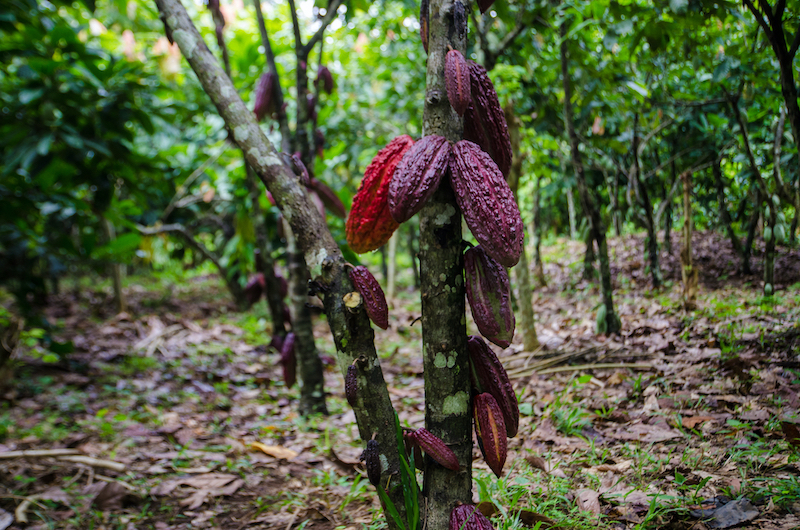Nigeria aims to compete with Ivory Coast and Ghana for cocoa production

pic: shutterstock
The Cocoa Farmers Association of Nigeria (CFAN) has confirmed it is pursuing plans to introduce Living Income Differential payments to agricultural workers, as it aims to ramp up sustainable crop production volumes, writes Neill Barston.
As the industry body noted, it is embarking on an ambitious programme of expanding production levels within the sector, based upon delivering best agricultural practices for the sector.
The organisation asserted that it had been losing out on significant volumes of income from farmers in not having its own version of the Living Income Differential (LID), operating in Ghana and Ivory Coast, which pays an additional $400 a tonne to cocoa farmers to enhance their wages.
However, as Confectionery Production has previously reported, despite the scheme’s introduction over the past two years in Ivory Coast and Ghana, pressure on cocoa prices prompted the Ivorian government to reduce the final ‘farmgate’ prices paid directly to farmers, which negated the additional gains that would have been made by agricultural communities.
According to CFAN, it is seeking to rival its two neighbouring cocoa nations, which presently account for nearly two thirds of cocoa supplies serving the global chocolate confectionery market. Linked to this, the national association has distributed a free Good agricultural Practices (GAP) handbook.
As CFAN reported, president of the Association; Adeola Adegoke welcomed the move. He said: “The launching of the free distribution of Cocoa GAP Handbook across the entire cocoa producing states and Ogun State today will mark Nigeria path to sustainable cocoa production and good agronomic practices in the cocoa supply chain ahead of other cocoa producing countries like Ivory Coast, Ghana and Indonesia.
“Our focus is to become the highest sustainable cocoa producing country in the World in the year 2027 with 80 per cent organic cocoa production bean. These feet of 80 per cent organic cocoa production would be unprecedented when achieved in the world cocoa production history.
“We intend to partner with our value chain stakeholders to increase from the current 10 per cent to 50 per cent our locally processed beans and value addition before export, in order to generate more employment opportunities, more foreign exchange earnings, improved living income of our cocoa farmers via the collection of better pricing, LID and sustainable improved infrastructure around the cocoa communities.”
